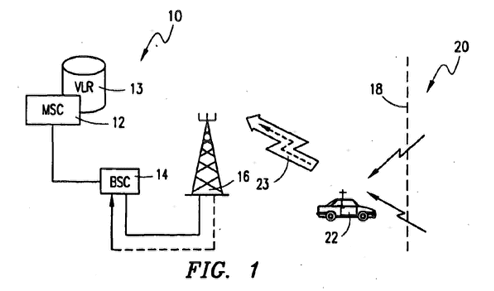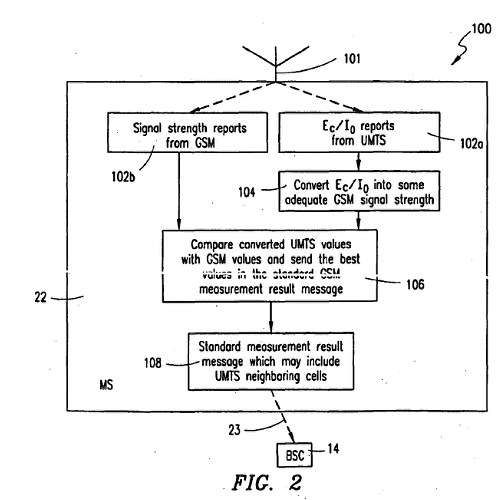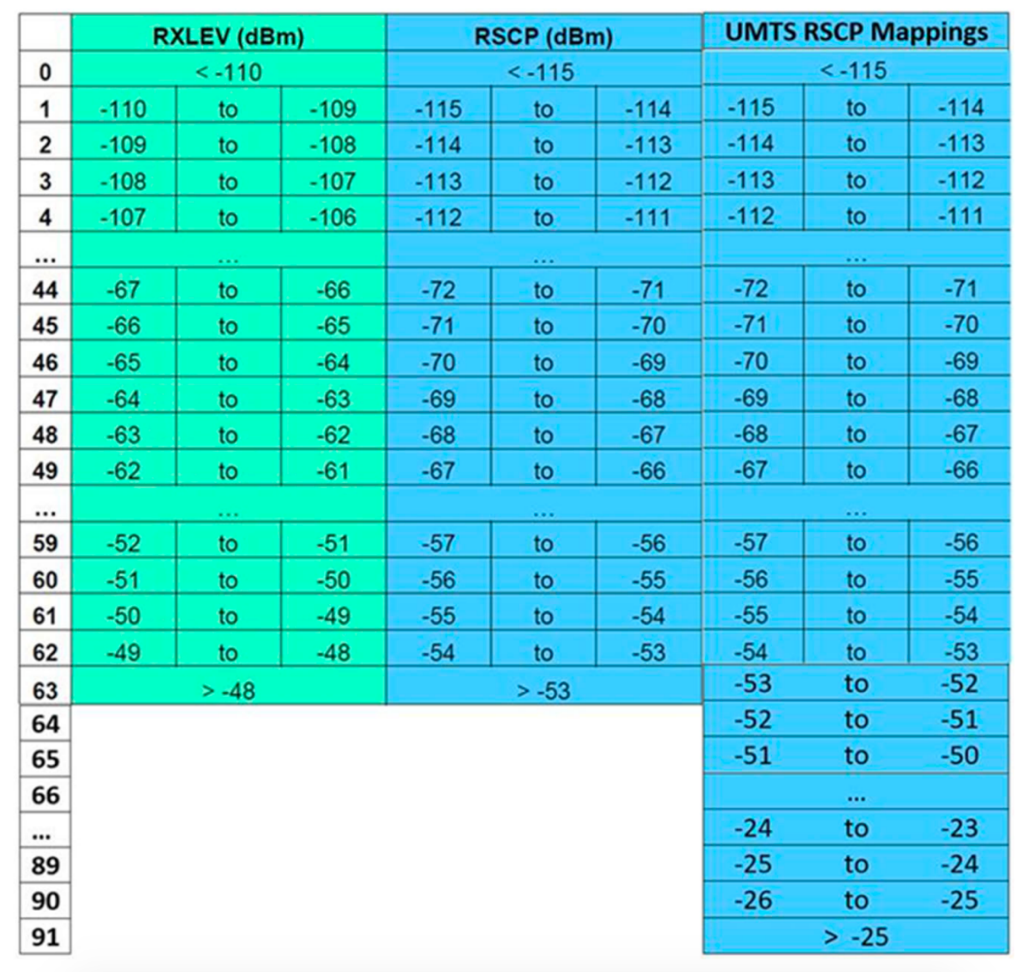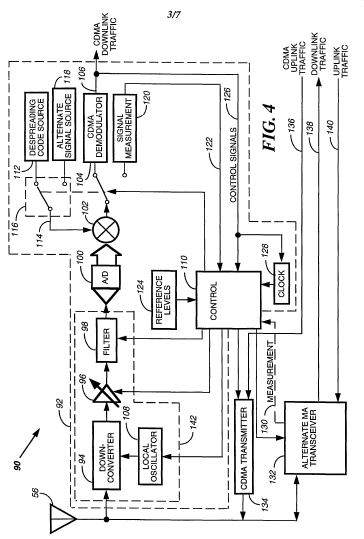
England and Wales High Court (Patents Court) Decisions
You are here: BAILII >> Databases >> England and Wales High Court (Patents Court) Decisions >> Optis Cellular Technology LLC & Ors v Apple Retail UK Ltd & Ors [2020] EWHC 2746 (Pat) (16 October 2020)
URL: http://www.bailii.org/ew/cases/EWHC/Patents/2020/2746.html
Cite as: [2020] EWHC 2746 (Pat)



